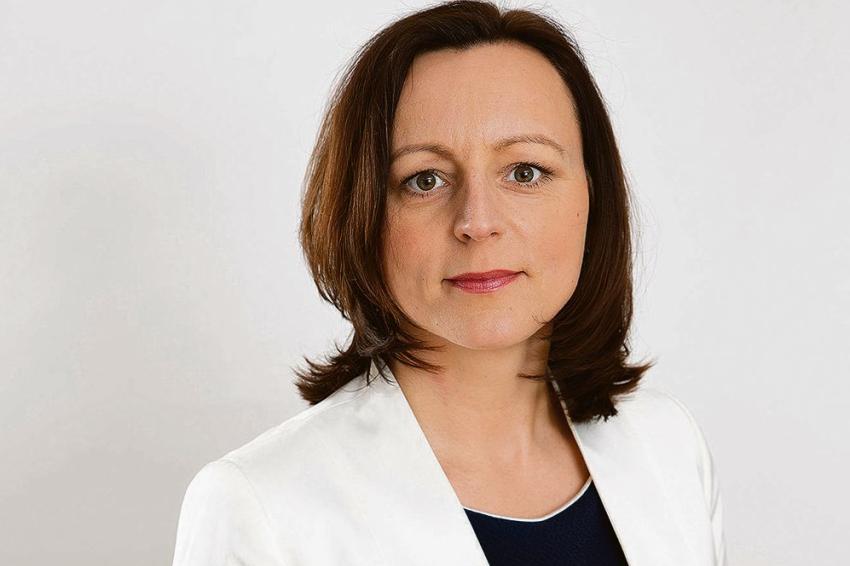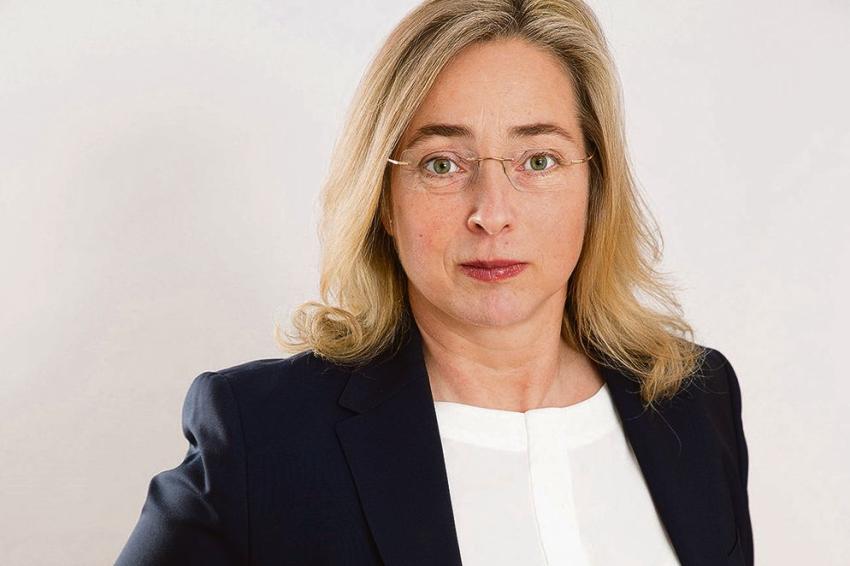Patent Protection on Artificial Intelligence?
AI Inventions Are Patentable if They Contribute to a Technical Solution
In recent years, the relevance of artificial intelligence (AI) and its potential applications in various technical areas of life sciences and healthcare have rapidly increased. The accumulation of big data, the development of algorithms, and improvements in computer processing capacity have made the integration of AI in chemistry, pharma, biotech and medtech possible.
Some examples of AI application fields are bioinformatics, biological engineering, biomechanics, drug discovery, genomics, medical imaging, medical informatics, neurorobotics, manufacturing processes, physiological parameter monitoring and public health. Most AI functions in these fields are predictive analytics, control methods and robotics.
AI applications change the mode of work in all industrial sectors and give rise to interdisciplinary products for which a company is seeking a patent monopoly. A patented technical monopoly may facilitate a company to obtain a dominant market position and a return on investment. However, a patent monopoly is subject to legal regulations that define the preconditions for a patent grant as well as exclusion criteria. These may vary in the particular country for which a patent is sought. The same AI based invention may be assessed differently by the European Patent Office (EPO) compared to other jurisdictions, e.g., the United States Patent and Trademark Office (USPTO). Those differences should be taken into account at the very beginning of the development of an appropriate IP strategy and when drafting the first patent application.
What is Artificial Intelligence?
First, AI and AI in the context of patent law shall be defined. One basic definition for AI has been given in 2004 by John McCarthy as “the science and engineering of making intelligent machines, especially intelligent computer programs. It is related to the similar task of using computers to understand human intelligence, but AI does not have to confine itself to methods that are biologically observable.” But as early as 1950, Alan Turing asked whether machines can think and offered a test where a human interrogator would try to distinguish between a computer and human text response. Turing’s paper “Computing Machinery and Intelligence” is recognized as the origin of the conversation about AI.
Artificial Intelligence Is not an Inventor
As a result, there has been discussion in many jurisdictions as to whether an AI machine that does not have legal capacity can be named as an inventor – bearing in mind that when applying for a patent, designation of an inventor is an essential requirement, otherwise the patent application will be refused. Ultimately, the EPO's Legal Board of Appeal (decision J 8/20 of July 5, 2022) confirmed the so-called "DABUS" decision in that, under the European Patent Convention (EPC), the inventor must be a natural person. Consequently, the underlying patent application was rejected, in which an AI was named as inventor. However, EPO recognizes AI as a branch of “computer implemented inventions” (CII) and defines AI as “the ability of computers and machines to perform mental tasks commonly associated with humans, such as learning, reasoning, and solving problems.”
Basically, AI is based on a variety of computational models and algorithms of abstract mathematical nature which are excluded from patentability as such. However, this exclusion does not pertain when the AI-implemented invention has a “technical character”, i.e., if the mathematical method underlying the AI substantially contributes to appropriate solutions of technical problems in any field of technology. It must be considered that merely specifying the technical nature of the data or the parameters of the mathematical model – e.g., blood glucose concentration used to easily calculate the individual insulin dosage – is not sufficient to satisfy the requirement of “technical character”.
Patents on AI-Generated Inventions
In a specific example, prior art blood glucose meters apply such formula to instruct the person of the right insulin dosage for manual injection or an implanted insulin pump injects the calculated insulin dosage automatically. Both use the blood concentration measured at a given time to determine the insulin dose. However, it would be desirable to continuously measure the blood glucose concentration and to enable a predictive blood glucose curve with the aim to avoid insulin peaks. To solve this technical problem AI may serve the technical purpose to control the release of an appropriate insulin dosage at the ideal time ensuring a healthy insulin level. In this example AI-assisted predictive analytics contribute to a technical solution that is a patentable AI based “computer implemented invention,” provided it is novel and not obvious. Further, the requirement of clear wording and sufficient disclosure enabling the skilled person to identify the technical solution and to reproduce the AI invention have to be satisfied. The same scheme applies to all fields of technology.
Other examples of technical purposes of AI functions include enhancing or analyzing digital audio or images, e.g., denoising within a hearing device or detecting cancerous cells or tumors in a digital image; encrypting/decrypting or signing electronic communications, e.g., sensor-recorded data in an implant that is encrypted and transmitted to the responsible doctor; or providing a genotype estimate and diagnosis based on an analysis of DNA samples.
In summary, patents are granted in all fields of technologies provided technical solutions for technical problems are described, e.g., optimization of resources use, reduction of waste products, increasing product yield, reduction of side effects or provision of effective vaccines. The same applies for inventions directed to AI-assisted technologies contributing to a broad range of different improvements in all industrial sectors provided that not merely a black box is claimed. If the application of AI is clearly defined, the used AI is sufficiently disclosed, novelty and inventive step of the technical effect achieved with the AI is acknowledged.
Anna Katharina Heide and Tanja Bendele, Patent Attorneys, Ruhr-IP Patentanwälte, Essen, Germany
PERSONAL DETAILS
Anna Katharina Heide is head of the departments Life Sciences, Biotech, Biopharmaceutical and Diagnostics of Ruhr-IP Patentanwälte. She is a German Patent Attorney as well as a European Patent, Design and Trademark Attorney and represents established companies in the life sciences industry. One of her main areas of expertise is interdisciplinary technologies. She holds a doctorate in biology and is vice-chair of the Biotechnology Committee of the German Patent Attorneys’ Association and vice-chair of the Business Network for Women Managers in Germany. Chairwoman of the Business Network for Women Managers in the Life Sciences of the VBU.
PERSONAL DETAILS
Tanja Bendele is founding partner of Ruhr-IP Patent Attorneys and heads the departments of chemistry and pharmaceuticals including life sciences, medical technology, 3D technology and process engineering. She represents international corporations as well as German medium-sized companies. She holds a doctorate in chemistry and is a German and European Patent Attorney. She is further studying electrical engineering. She is a member of the board of the German Chamber of Patent Attorneys, chair of the Patent and Utility Model Law Committee of the German Chamber of Patent Attorneys, and a board member of the German Association for the Protection of Intellectual Property and Copyright (GRUR), District Group West.







